How to connect a hose to a dryer
 Modern dryers have high autonomy and require only a connection to the mains to operate. To make it convenient for the owner to use the device, it can be connected to the sewer through a special hose, which allows condensate to be drained directly into its system, and not into a tank, which will have to be cleaned manually every time. Today we will tell you how to connect the dryer drain hose and where it is better to install the device itself.
Modern dryers have high autonomy and require only a connection to the mains to operate. To make it convenient for the owner to use the device, it can be connected to the sewer through a special hose, which allows condensate to be drained directly into its system, and not into a tank, which will have to be cleaned manually every time. Today we will tell you how to connect the dryer drain hose and where it is better to install the device itself.
Connecting the dryer to the sewer
In order for your dryer to discharge water down the drain, you must follow certain instructions, similar to those for washing machines. Despite the similarity of the processes, it should be remembered that the drain hose of a dryer is thinner compared to a washing device, and its throughput is much less.
The user of the device will need to connect one end of the drainage hose to the body of the dryer, and attach the other to a siphon or sewer tee previously installed in the riser. Please follow our instructions carefully to ensure the system is connected correctly. You will need:
- unfold the unit so that access to its rear wall opens;
- find the hole from which the hose comes out (its end is attached to the fitting so that all condensate drains into a special tank);
- disconnect the hose from the fitting;
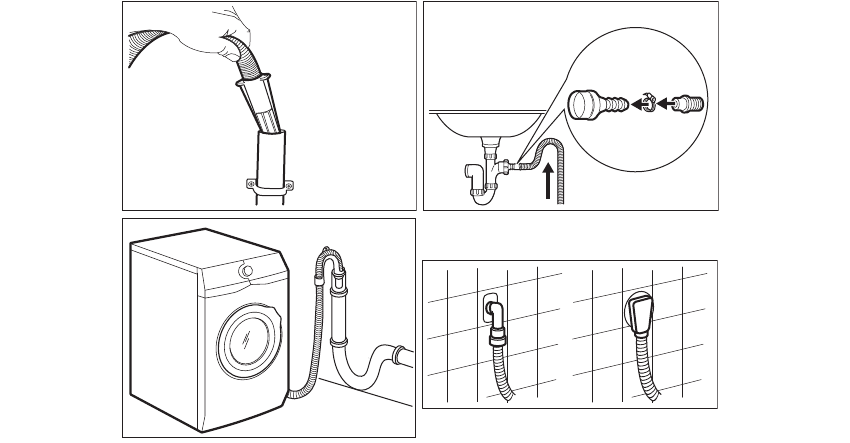
- take the drainage hose;
- attach one end of the drain hose to the fitting;
- connect the other end to a siphon or sewer tee.
It's important to note here that not all dryers drain condensation through a drain hose - some use a flexible duct that exhausts the moist air through the vent!
The most convenient way to organize the drainage of water into the sewer is to use a siphon under the sink or bathtub, to which you can attach a drain hose. If this option is not suitable, you can install a tee on the sewer pipe. In this case, it is necessary to use a cuff to avoid possible leaks.
There is another method of organizing a drain, which involves fixing a drainage hose on the edge of a bathtub, sink or toilet. It has every right to exist, since the volume of water drained from the dryer is usually small. Thanks to this, during operation, the risk of corrugation rupture, which can lead to flooding of the floor and neighbors below, is reduced. The only drawback of this method is that it is quite unhygienic, so it is better to choose it only as a last resort.
We provide power supply to the dryer
To ensure the supply of current, it is necessary to draw a separate line from the distribution panel or use a ready-made socket. The second option is the most practical, since finding a free outlet is as easy as shelling pears. This method is also safe - if the power of the dryer does not exceed 2.5 kW, nothing threatens the wiring. Here it is important not to forget about grounding, RCD and a separate circuit breaker. It will be enough to include a 16 Ampere RCD and a 14-16 Ampere circuit breaker into the circuit.
Connecting a dryer and washing machine to the same outlet at the same time is unacceptable.This can lead to an overload in the electrical network and an increase in power. As a result, heating may occur, melting the socket and causing a short circuit.
Where is the best place to install the dryer?
A dryer is a convenient and practical device in everyday life, but when it comes to installing it, many are faced with the question of where to place the unit in order for it to work effectively. When choosing a place, it is important to take into account many nuances and features. We invite you to choose one of four options:
- on top of the washing machine;
- next to her;
- in a special niche or closet;
- under the sink or countertop.
Often, users of such devices decide to create a “column” and install the dryer directly on the “home assistant”. This saves space, which is especially important for residents of small apartments and houses. However, it is important to position the equipment according to the manufacturer's instructions to avoid various problems. Be sure to check that the depth of the washing machine is greater than or equal to the depth of the dryer. In the case of different indicators, the “lower tier” may not withstand the load.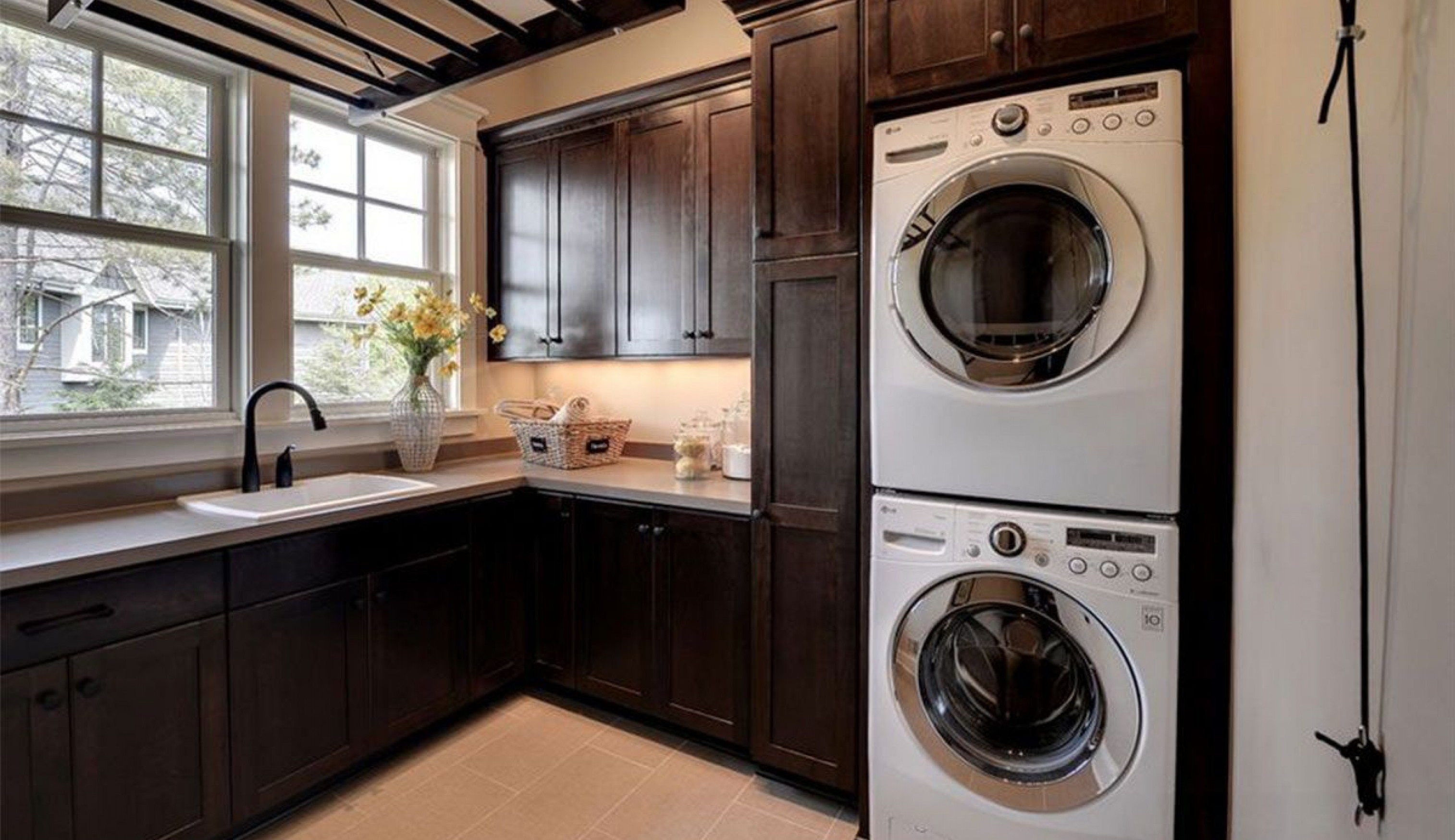
You will need to install special clamps and caps on the washing machine body. They have an anti-tip effect and are included with the unit. Remember: it is prohibited to mount the dryer in a column without secure fixation. In order to apply these details, you will need:
- unscrew the legs of the dryer and fix it in the caps;
- adjust the position of the equipment according to the building level.
There is another option, which involves the use of wall structures in the form of special slats. Such clamps are more reliable, but are less common.The reason for this is that anti-tip mounts look much more aesthetically pleasing.
The provided latches must not be neglected. They not only guarantee protection of the washing machine from vibrations, but also strengthen the stability of the “upper body”, preventing the equipment from falling down. If you don't want to use clamps, you might consider installing your dryer next to your home helper.
This method is the safest and easiest to implement, but requires free space in the room. It is suitable if you have a large area or have the opportunity to place equipment in a separate room, dressing room or in a wide corridor. Installation in this case comes down to moving, removing transportation bolts and leveling to the floor level. It is better to immediately take household appliances in pairs so that the bathroom or kitchen has a single style and the dimensions match each other.
In the case when you plan to install the dryer in a niche, you need to pay attention to the presence of a special corner or cabinet. Think about this issue in advance at the renovation stage. If possible, you can create a two-story structure yourself that will accommodate both a dryer and a washing machine.
The easiest way is to place the dryer under the sink or kitchen countertop. An important requirement here will be the correct selection of the model so that it has a removable lid and suitable dimensions for easy installation in a closet. A condenser dryer is ideal for the kitchen, as it is easy to connect to the drain, thanks to easy access to the sewer.Remember: the correct location for installing your dryer is of great importance for your comfort and convenience in the home. The optimal location always depends on the characteristics of the room in which you live and your personal preferences.
Interesting:
Reader comments
- Share your opinion - leave a comment
Categories
Washing machine repair


For buyers

For users

Dishwasher



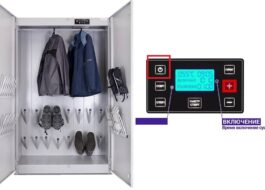
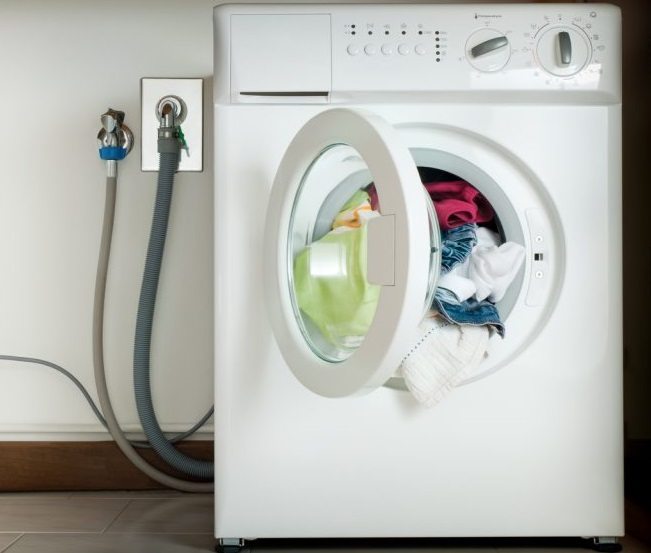
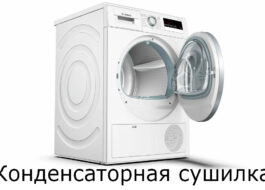











Add a comment